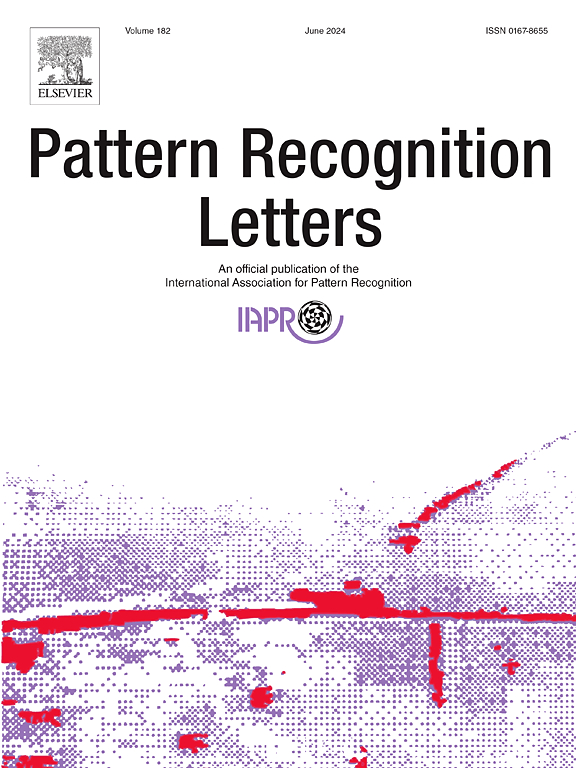Enhanced multiscale attentional feature fusion model for defect detection on steel surfaces
IF 3.9
3区 计算机科学
Q2 COMPUTER SCIENCE, ARTIFICIAL INTELLIGENCE
引用次数: 0
Abstract
Surface defect detection has been an important part of controlling the quality of industrial products. Detecting small defects poses a persistent challenge, primarily due to the scarcity of available information. To solve this problem, this paper proposes an improved model Bi-Level Efficient Global YOLO (BEG-YOLO) based on YOLOv8x. The architecture consists of Cross Stage Partial DenseNet Global Feature Pyramid Network (CSP-GFPN), and Bi-Level Efficient Attention (BEA). CSP-GFPN is a feature pyramid network structure that employs enhanced feature fusion across scales. It extends the neck network of BEG-YOLO while enabling information sharing across different spatial scales and potentially non-adjacent semantic layers. BEA is a fusion of attention. It serves to eliminate most of the irrelevant feature key–value pair inputs at the broader feature map level, thus focusing more comprehensively on the few relevant regions that remain. Three public datasets, NEU-DET, GC10-DET, and X-SDD, are used in this experiment. According to the experimental results, better results are achieved in terms of , , precision, and recall compared to other good YOLO series models. Code is available at https://github.com/xyk1300332643/BEG-YOLO.
求助全文
约1分钟内获得全文
求助全文
来源期刊

Pattern Recognition Letters
工程技术-计算机:人工智能
CiteScore
12.40
自引率
5.90%
发文量
287
审稿时长
9.1 months
期刊介绍:
Pattern Recognition Letters aims at rapid publication of concise articles of a broad interest in pattern recognition.
Subject areas include all the current fields of interest represented by the Technical Committees of the International Association of Pattern Recognition, and other developing themes involving learning and recognition.
 求助内容:
求助内容: 应助结果提醒方式:
应助结果提醒方式:


